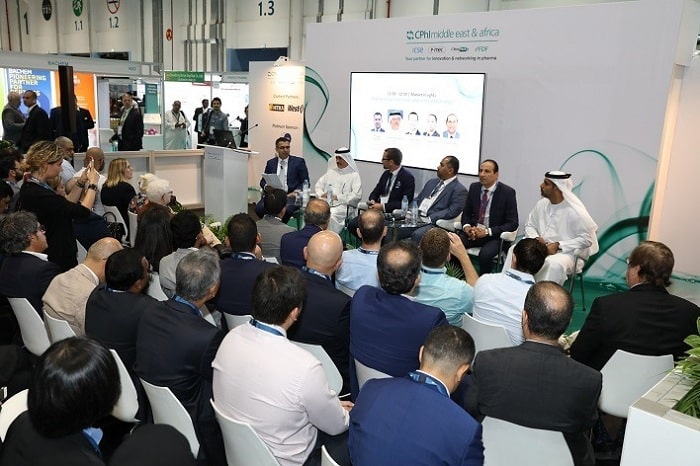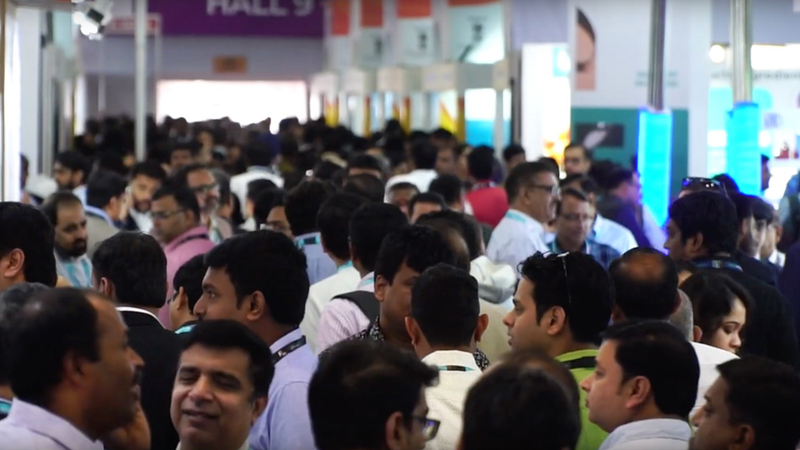The first integrated protein assembly line of bacteria
Views : 1856
Author : William
Update time : 2018-11-21 00:05:00
Many of the processes that occur in cells are indispensable to life. As two of them, transcription and translation allow genetic information stored in DNA to be decoded into proteins that form all organisms such as bacteria, plants and humans.
For half a century, scientists have known that these two processes are coupled together in bacteria, but until then, they have not known how this is achieved. Now, in a new study, researchers from the University of Wisconsin-Madison and the Max Planck Institute for Biophysical Chemistry in Germany have discovered what is called an "expressome". The exact structure of the complex. The results of the study were published in the April 14, 2017 issue of Science, titled "Architecture of a transcribing-translating expressome." The author of the paper is Robert Landick, professor of biochemistry at UW-Madison, and Patrick Cramer, director of the Max Planck Institute for Biophysical Chemistry.
The researchers say the study, which uses the model organism E. coli, may help explore how bacteria affect human health, including a better understanding of gene regulation and the development of new antibiotics.
Landick explains, “The presence of this complex in bacteria is based on evidence, but so far no one has confirmed its existence. This study is the first to demonstrate the ability to take advantage of these two very complex machines. (ie, transcriptional complexes, or transcriptional machinery; translational complexes, or translational machinery) form a larger supercellular machine (ie, an expression)."
The transcription process uses RNA polymerase to convert DNA into RNA. After this process, another molecular machine called a ribosome translates this RNA (more specifically, the signal RNA, or mRNA) into a protein that bacteria can use to function.
Rachel Mooney, a researcher in the Department of Biochemistry at UW-Madison, said that in bacterial expression, RNA polymerase and ribosomes form a complex structure to perform both processes in a coupled manner, and this newly resolved The expression structure helps to understand how this happens.
Transcription and translation occur in animals and humans, but the two processes are not coupled together as in bacteria. Instead, they occur in two physically distinct parts of the cell. The researchers say that if scientists can find a way to destroy this expression, they might be able to develop drugs that target bacteria but don't harm human cells.
These findings also extend to studies of microbiome groups (microbial populations in the human body and on human surfaces). Ongoing research demonstrates that microbiomes are important to human health and understanding the regulation of genes in these microbial populations is a vital part of these efforts. Today, this expression structure is the basis for this understanding.
Landick said, "For human biology, we tend to think of what happens in human cells, but at least as many bacterial cells as human cells exist in our bodies and on the surface. E. coli may be there and Not universal, then we use it as a model organism to extend our research to other bacteria that are critical to human processes."
Landick, Mooney (UW-Madison team) collaborated with Cramer and Rebecca Kohler (German team) to conduct the study. The equipment provided by the German team assisted in the analysis of the structure of this expression. This expression contains the RNA polymerase provided by the UW-Madison team.
Cramer said, "Our research explains past observations: these two processes (transcription and translation) are coupled together in these bacterial cells."
Researchers are also interested in the origin of this complex. Why these two processes are coupled together in bacteria rather than in organisms such as humans needs to be studied from an evolutionary perspective.
Landick explains, “One of the arguments for it is simply to think that bacteria are evolving much more advanced than we are. This is counterintuitive, but technically, they have many more offspring than us. Bacteria The evolutionary pressures that result in this very integrated and very efficient way to make DNA transcribed and translated into proteins." "Swiss-Bodybuilding Biology"
 CPhI Middle East & Africa
CPhI Middle East & Africa
 CPhI India 2019
CPhI India 2019
 CPhI Worldwide 2019 Frankfurt Booth 10D09
CPhI Worldwide 2019 Frankfurt Booth 10D09